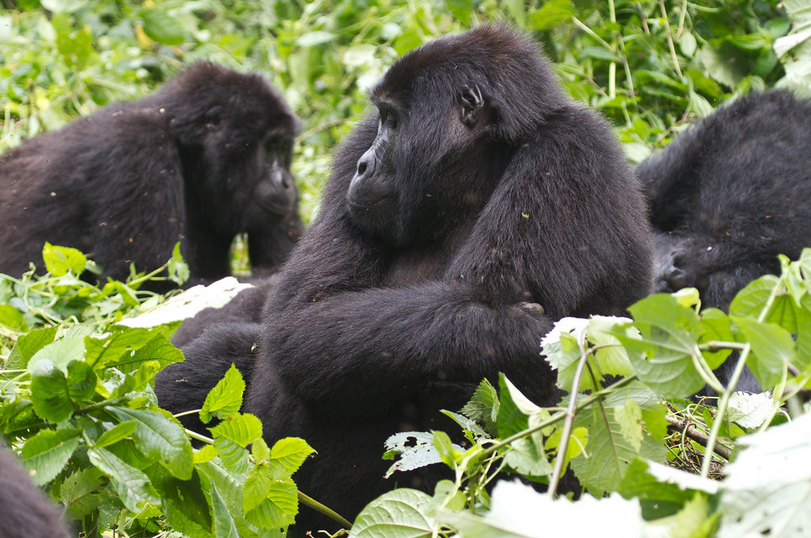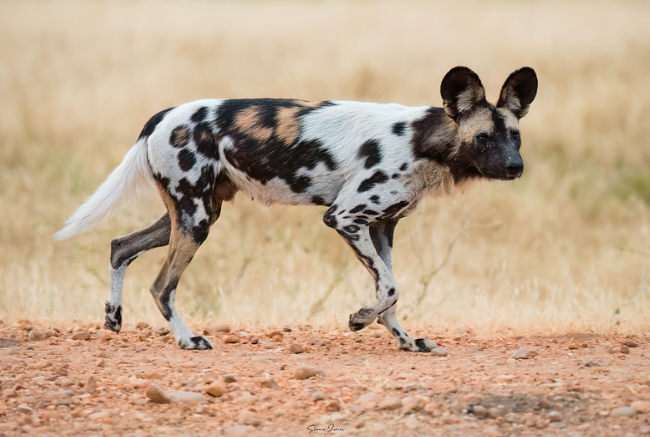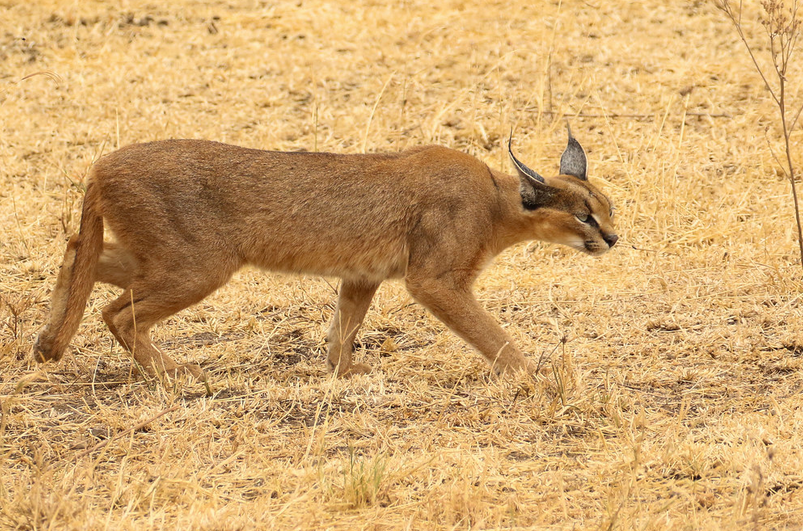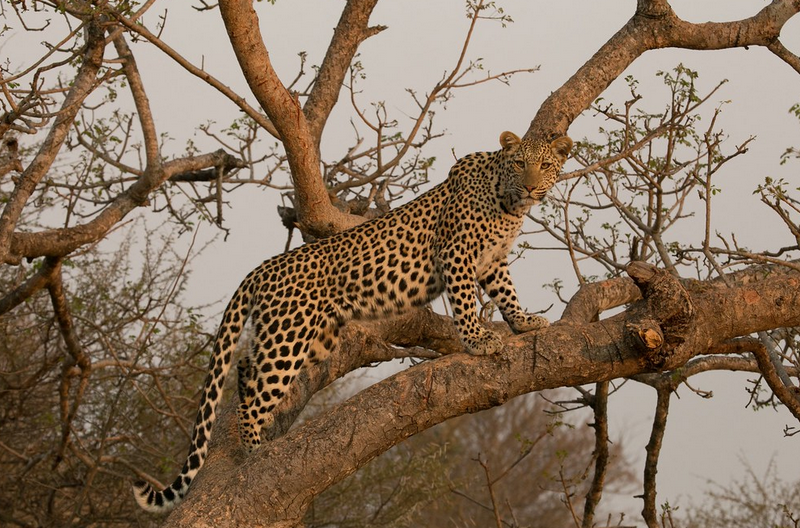Kidepo Valley National Park
The True Africa’s Wilderness
Park Overview:
Kidepo Valley National Park is the third largest park in Uganda located in the extreme North Eastern part of Uganda bordering Kenya in East, by 50km and south Sudan in North by 45km all distance is measured from Apoka. The entire park is located in Karenga district which separated from Kabongo district in North Karamoja region and covers a total area of 1442km2 .This is the most distant and isolated wildlife park and it’s the least visited within Uganda. Although this park is found very far from Kampala the capital city of Uganda, it prides in a unlimited natural beauty and up to now still upholds its original wilderness. Over 470 different types of birds have been seen and recorded within this park, making it second to Queen Elizabeth National Park as the best place to have a Bird Watching Tour. The park also has a number of different endemic species which you will not see in any other part of the country except here, and among these are: the Karamoja Apallis and the Black breasted Barbet.
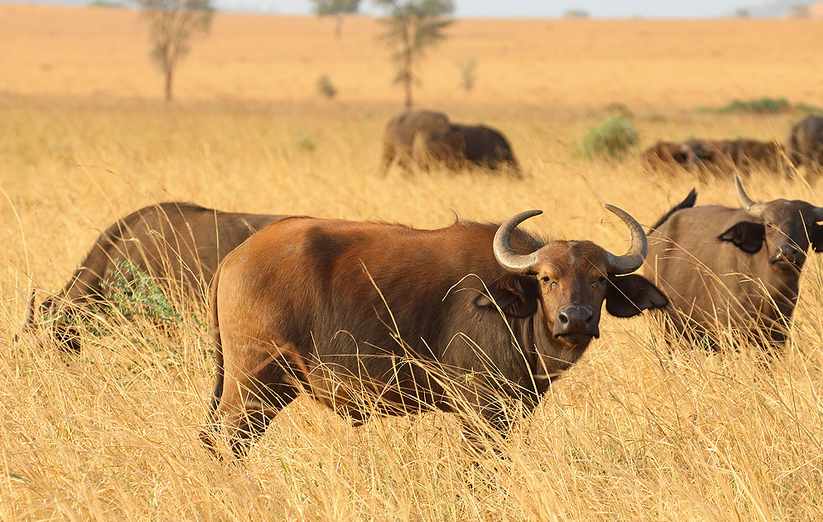
The True Africa's Wilderness
What to do and see in Kidepo Valley National Park
Bird Watching
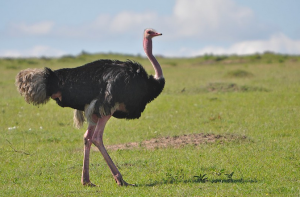
This is the only national park within Uganda that you will get an opportunity to see Ostriches in their natural habitat wilderness and better to say, among Uganda’s top Bird watching destinations. The park headquarters together with the Apoka Rest Camp overlook the beautiful Narus Valley situated in the south, and these two places are the best places to start a bird watching trip while in Kidepo National Park. There are a number of beautiful bird species you will be able to encounter within this area among which are: the silver bird, the yellow-billed shrike, the Red-cheeked Cordon-bleu, Starlings Mosque Swallow, Ruppell’s weaver, Yellow-rumped Seedeater, Vinaceous Dove, Woodpecker, Little Weaver, Scarlet-chested Sunbird, Hoopoe, Nubian, and around the permanent water hole located close to the end of this camp area various types of swallows, seedeaters and at night, the Four-banded Sandgrouse commonly visit this place. Furthermore, the waterhole is visited by different wild animals including buffaloes and elephants.
Among the other bird species found in this country are: the White-bellied Bustards, Heuglin’s Wheaters, Red-winged Pytilias, Kori, Hartlaub’s Bustards, African Swallow-tailed Kite, Bruce’s Green Pigeon, Red-winged Lark, Black-headed Plover, Bruce’s Green Pigeon, Clapperton’s Francolin, Red-fronted Barbets, White-bellied Go-away bird, Black-breasted Barbets, White-crested Turaco, Yellow-necked Spurfowl, Jackson’s Hornbills, Long-tailed Nightjars, Rose-ringed Parakeet, White-faced Scoops Owl, Violet-tipped Courser, Standard-winged Nightjars, Black-faded Waxbill, Eastern Pale Chanting Goshawk, Singing Bush Lark, Black-bellied Waxbill, Pygmy Falcon, Little Green Bee-eater, Fox Kestrel, Stone Partridge, Abyssinian Rollers, Rufous-crowned Rollers, Brown-backed Woodpecker, Black Coucal as well as Eastern Yellow Hornbills
Game Drives / Wildlife Viewing
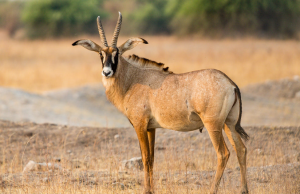
There are more than eighty (80) different types of mammals which have been seen and recorded inside Kidepo National Park. Of these are twenty eight (28) species which are not seen in any other parts of the country such as the Caracal, Cheetah, Bat-eared Fox as well as Klipspringer. Unfortunately, similar to most of the other parks in Uganda, Kidepo underwent a similar fate of excessive poaching during the governance of president Idd Amin and it is also still recuperating from that as large number of animals were killed at the time. After that wave of severe poaching, species like the Striped Hyena, Grant’s gazelle, Beisa Oryx as well as the Lesser Kudu have not been seen here again, and its alleged that they locally became extinct.
On the positive side, a number of other species have since been able to increase in number and now are in very big numbers. Among these are: Kongonis, elephants, Waterbucks, Zebras, Buffaloes as well as the Bohor Reedbucks. There are numerous predators within this national park and among these are: Leopards, lions and spotted hyenas. Within the Narus Valley, there is a large number of oribis, and then Guenther’s Dik diks can frequently be seen inside the dry thorny thickets in the northern section of Kidepo National Park. Other fascinating animals to look out for here are the Jackals, the White-tailed Mongoose as well as the Senegal Galago.
How to get to Kidepo National Park / Access
Kidepo Valley National Park can be reached by road transport or air transport. When traveling from the capital city Kampala, the most-commonly used route which covers is 600 kilometer takes you through the northern capital of Gulu town and Kitgum, taking takes at least 12 hours in a good condition 4WD vehicle.
Where to Stay / Accommodation
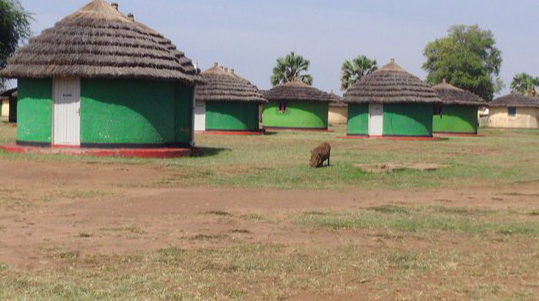
There are quite a number of accommodation facilities found around and within the park that can cater for all types of holidaymakers depending on one’s budget. You can book your accommodation through our company and early bookings are advised.
Apoka Rest Camp: This camp is managed by the Uganda Wildlife Authority (UWA). It is found within the park boundaries and provides basic accommodation in comfortable bandas having clean beddings with a mosquito net as well as showers. Guests / holidaymakers staying here are recommended to carry their food, or inform the management in advance in case they wish the rest camp to prepare for them food.
Apoka Lodge: This lodge offers luxury accommodation and it is located in the middle of the park. It offers very spacious rooms each having a private veranda, a sitting room as well as an en-suite bathroom. Unique about Apoka Lodge is that it has a good restaurant and a beautiful swimming pool.
Below are some of our tours to different destinations in the Country
1 Day Chimpanzee Ngamba Island Tour
1 Day Source of the Nile Jinja
2 Days Murchison falls national park
3 Days Lake Mburo national park safari
3 Days Murchison falls national park
3 Days Queen Elizabeth national park
4 Days Kidepo savannah wildlife safari
5 Days Queen & Bwindi Adventure safari
6 Days Uganda wildlife & primate safari
7 Days Uganda Adventure Safari
8 Days Gorilla & Wildlife safari
10 Days Gorilla & Adventure safari
Request a Quote
Featured Tour Updates
Permit cost for gorilla trekking in Uganda
Permit cost for gorilla trekking in Uganda Permit cost for gorilla trekking in Uganda : Gorilla trekking is one...
The African Wild Dog
The African Wild Dog The African wild dog: (Lycaon pictus) also known as the African painted dog or Cape...
The Caracal (Felis caracal)
The Caracal (Felis caracal) The Caracal (Felis caracal): is a medium-sized wild cat that can run up to 50...
African Leopards (Panthera pardus)
African Leopards (Panthera pardus) African Leopards (Panthera pardus) : are one of the most feared but respected animals in...


